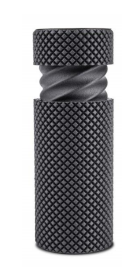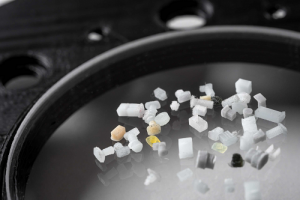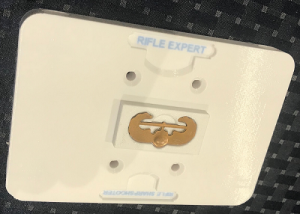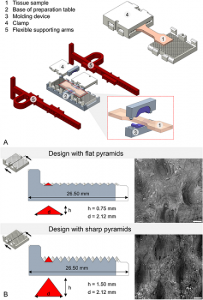Fixtures are essential for custom manufacturers. Fixtures hold the workpiece in place so it does not move during a step in manufacturing. Some shapes are easy to hold such as a rectangular block. For example, the part can be simply held in a vice. For shapes with various curves and angles, it can be difficult to hold them sturdy using standard tools. Fixtures solve this problem by clamping onto parts while matching the part’s geometry like a glove.
Jig or Fixture?
Fixtures may sometimes be called jigs, but they are not the same thing. Jigs guide the motion of tools and they are usually used in manual operations such as drilling holes. Fixtures are very sturdy and will accurately hold the workpiece at the correct angle, but fixtures do not guide tools. Fixtures are more often used with automated manufacturing methods. For more information on Jigs, check out our article about jigs.
All about Fixtures
Fixtures make inserting and removing parts much easier. They are typically designed in an intuitive way that reduces the risk of human error. Fixtures can be re-used for large production runs, or created specifically for a small number of custom parts.
Fixtures must be mounted to a sturdy surface before they can be used effectively. Some fixtures are designed to fit onto a standard bench vice, others attach to standard mounting boards like T-slot tables or hole grids. Fixtures are rigidly bolted or mounted onto shop equipment.
Traditionally, custom fixtures are made manually. The design is planned out, then work material is cut, milled, and drilled into shape. This process requires costly materials, expensive equipment, skilled machinists, and a considerable amount of labor. It may also require purchasing new tooling for unique shapes.
Benefits of 3D Printed Fixtures
3D printing is a viable alternative when it comes to creating custom fixtures. It is more cost-effective to 3D print a custom fixture than it is to machine one in-house. With 3D printing, a fixture only needs to be designed using CAD software and sent out to a 3D printing service such as www.shapeways.com After a few days, it’ll get printed, shipped and delivered, ready to use.
3D printed fixtures are made from strong and lightweight plastics such as nylon. Nylon is tough and durable. Fixtures made from nylon will last for many production cycles. As a plastic, it is not as dense as metal, so large fixtures will be lightweight in comparison. Nylon is softer than most rigid materials, and this is good because the fixture will not scratch or damage the part’s surface. The softer material aids in providing a more uniform clamping pressure. Under high clamping loads, the nylon can deform to the shape of the part, saving both from being damaged.
Here are a few examples of innovative fixtures that have been designed specifically for 3D printing.
1”x1” Board Fixture
This fixture is mounted onto a 1”x1” mounting grid board or mounting table. It can be used to hold your working piece in place to either be cut, drilled or assembled. The working piece is clamped by the fixture as screws are tightened, holding it securely. This fixture can also be used as a cylinder holder for cutting pipes and tubes.
Material: Multi Jet Fusion Plastic – Gray PA12 (nylon 12)
Bench Vice Jaw Adapter Fixture
This fixture is an accessory for a bench vice that when attached, can hold a wide arrangement of objects. This is done by inserting magnets (not included) into the provided spots on the back of the fixture and then placing the fixture onto the jaws of a bench vice.
Material: SLS – PA11 (nylon 11)
Door Lock Installation Fixture
This is a fixture used to assist in the installation of a doorknob or lever. It provides accurate alignment between the working parts of a doorknob or lever. This is done by finding the centerline of your door edge, aligning the two smaller holes with the centerline and securing the fixture to the door with screws temporarily at those points. Once that is done, you can now use the recommended hole saw and the fixture as a guide to drill the remaining holes out where you would be left with perfectly aligned holes to install a doorknob or lever.
Material: Versatile Plastic – White Processed
Cut Down Your Production Costs
If you would like to learn more about how 3D printing can help your business save money and reduce manufacturing costs, get in contact with Shapeways using our Sign up form.
The post How 3D Printing Jigs and Fixtures Transforms Manufacturing Part II – All About Fixtures appeared first on 3DPrint.com | The Voice of 3D Printing / Additive Manufacturing.













